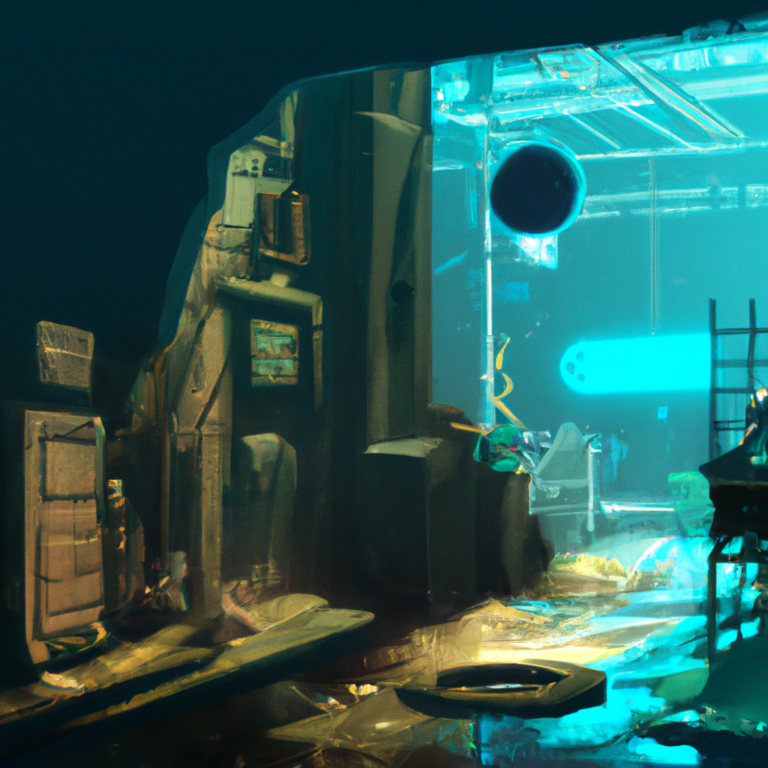“Mastering the Art: A Comprehensive Guide to Creating Immersive VR and AR Experiences for Gaming”
In the era of cutting-edge technology, virtual reality (VR) and augmented reality (AR) have emerged as powerful platforms offering immersive experiences. This technology has expanded beyond being just a playground for gamers to become a space for businesses, educators, and creators. However, the gaming industry remains the prime consumer of these technologies, creating immensely engaging and almost real-life experiences for gamers globally. If you’re a game developer or designer looking to create such immersive VR and AR experiences, here are some practices to bear in mind.
1. Understand the Technology: VR and AR are different – while VR creates a fully immersive digital experience, AR overlays virtual objects on the real-world environment. Understanding these differences and their unique capabilities is the first step in creating an immersive experience. Research on the available platforms and their capabilities such as 360-degree gaming and interactive simulations.
2. Know Your Audience: VR and AR games can be more intense and immersive than traditional games. Therefore, it’s essential to understand your audience’s expectations, preferences, and tolerance. Tailor your game design to fit your audience’s comfort levels to avoid causing motion sickness or other discomfort.
3. Leverage High-Quality 3D Graphics: As VR and AR technologies rely heavily on visual input, high-quality 3D graphics are a must. These graphics should be optimized for the hardware they will be running on to provide a smooth and realistic experience.
4. Design for Interaction: Traditional games often restrict players to certain actions or movements. However, VR and AR provide opportunities for more natural and intuitive interactions. Use these opportunities to encourage exploration and interaction within the game.
5. Audio Matters: Good quality spatial audio significantly enhances immersive experiences in VR and AR games. Sounds should change realistically as the player moves and interacts with the game.
6. Optimize Performance: VR and AR games require a lot of processing power. Optimize your game to minimize latency and maximize frame rate. Never compromise on the smoothness of the game for better graphics or more complex interactions.
7. Test and Iterate: Thoroughly test your VR/AR game with real users to get feedback on the sense of immersion and any discomfort they might experience. Use this feedback to iterate on your design and make improvements.
8. Keep Safety in Mind: It’s essential to design experiences that are not just immersive but also safe. Provide options for players to adjust settings, like brightness or audio volume, and add safety features that remind players of their real-world surroundings to avoid accidents.
Creating immersive VR and AR experiences for games is not easy. It requires a proper understanding of the technology, the audience, and the dynamics of game design. But with the right approach, resources, and dedication, you can create experiences that transport players into new and exciting worlds. Remember, the key is to create a balanced experience that is immersive, interactive, and safe. With VR and AR, the only limit is your imagination. So go ahead, start creating and make your mark in the gaming world.






